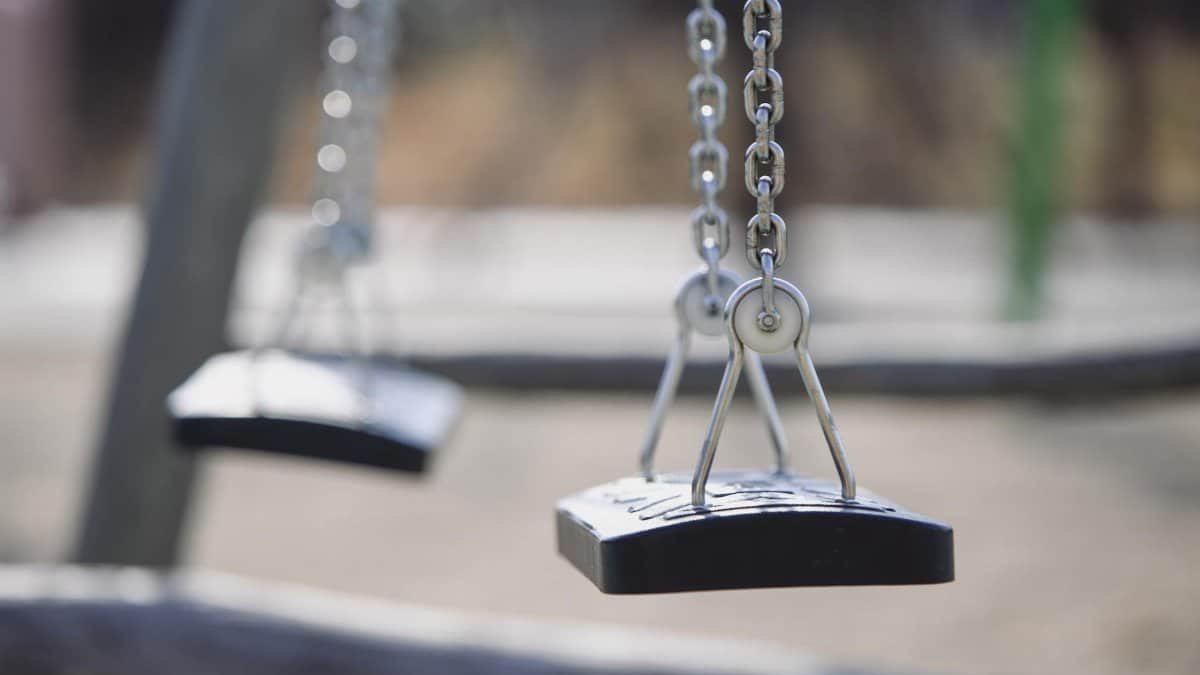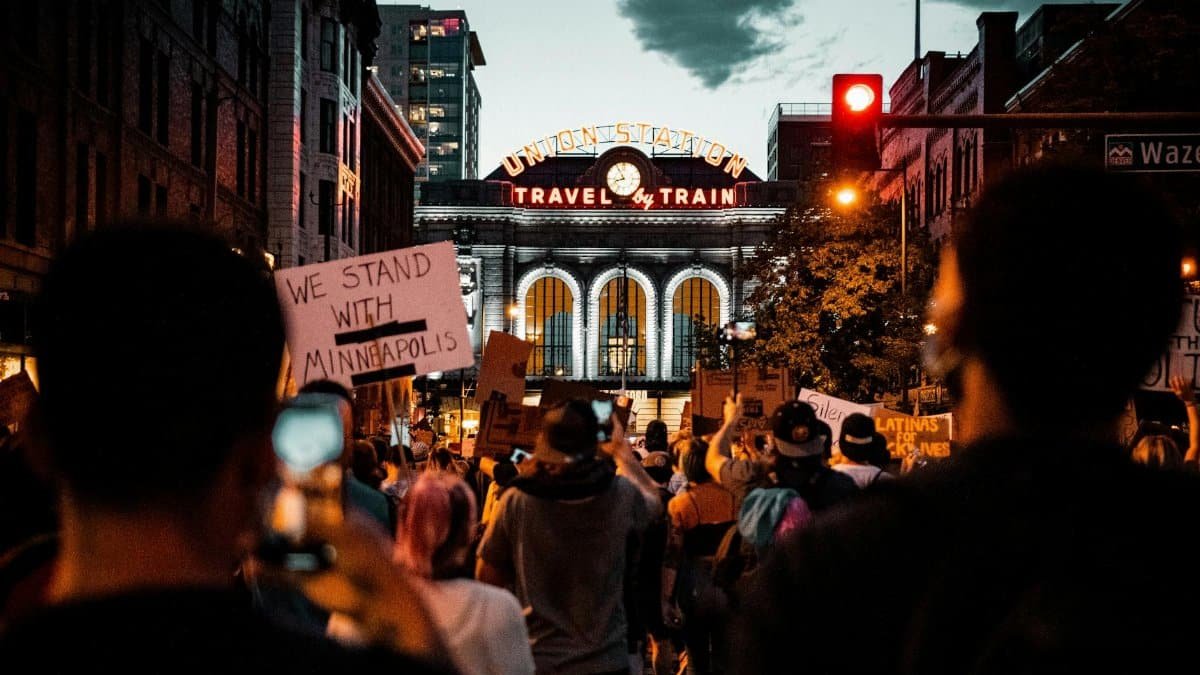In Denver’s bustling neighborhoods, from the tech hubs of RiNo to the quiet suburbs along the Front Range, a quiet revolution in personal well-being is taking shape. More residents are turning inward, embracing practices that foster what experts call reflection clarity growth—a deliberate process of self-examination that sharpens insight and spurs personal evolution. This trend isn’t just about mindfulness apps or yoga retreats; it’s a response to the mounting pressures of urban life in 2025, where remote work blurs boundaries and economic uncertainties linger. As Coloradans grapple with these realities, reflection clarity growth emerges as a tool for spotting early warning signs of burnout before they escalate. It’s helping people reclaim balance, turning vague unease into actionable understanding. But what does burnout really look like in this mile-high city? Let’s explore the seven key indicators, informed by recent research and local experiences.
1. Persistent Exhaustion That Sleep Can’t Fix

Imagine waking up after a full night’s rest, yet feeling as drained as if you’d pulled an all-nighter. This unrelenting fatigue marks one of the earliest signs of burnout, especially among Denver’s professionals juggling hybrid jobs and outdoor lifestyles. It’s not just physical tiredness; it’s a deep-seated weariness that seeps into motivation and focus.
Local therapists note how this exhaustion often stems from overcommitment, amplified by the city’s go-getter culture. One anonymous account shared publicly online described it vividly: a marketing executive recounted dragging through hikes in the Rockies, once a source of joy, now just another obligation. Reflection clarity growth plays a pivotal role here, encouraging individuals to pause and journal about their energy patterns, revealing hidden stressors like constant notifications or unaddressed grief.
Studies back this up. Research from the American Psychological Association highlights how chronic stress depletes cognitive resources, leading to this persistent fog. For Denverites, where altitude already taxes the body, ignoring it can worsen. Instead, practices like guided meditation build clarity, fostering growth by transforming exhaustion into a signal for change. Short bursts of reflection—say, five minutes daily—help map out rest needs, turning vague fatigue into targeted recovery strategies.
2. Detachment from Work and Relationships

A subtle withdrawal creeps in, where conversations with colleagues or loved ones feel like scripted performances rather than genuine connections. In Denver, this detachment often surfaces amid the city’s vibrant social scene, yet leaves people feeling isolated despite the crowds at breweries or community events.
Consider a teacher in the Denver Public Schools system, who once thrived on student interactions but now zones out during lessons. This emotional numbness, as outlined in a Mayo Clinic overview, signals burnout’s grip, eroding empathy and engagement. Reflection clarity growth counters this by prompting honest self-dialogue, perhaps through questions like, “What am I avoiding?”
Such introspection isn’t fluffy advice; it’s grounded in evidence. A study from the American Psychological Association shows mindfulness-based reflection reduces detachment by rebuilding emotional awareness. In Denver’s context, where seasonal affective disorder can compound isolation during long winters, this growth-oriented approach helps rekindle bonds, turning aloofness into renewed presence.
Varying the routine, like joining a local support group, amplifies this. People report emerging with sharper clarity, their relationships strengthened not by force, but by intentional insight.
3. Diminished Performance and Procrastination

Tasks that once flowed easily now pile up, ignored or half-done. This drop in productivity hits hard in Denver’s competitive job market, from startups in LoDo to corporate offices downtown.
Dive into a scenario: a software developer, previously innovative, stares at code for hours without progress. It’s a classic burnout marker, linked to cognitive overload. The World Health Organization classifies burnout as an occupational phenomenon, noting reduced efficacy as a core symptom in their ICD-11 update.
Reflection clarity growth intervenes by breaking the cycle. Through structured self-review, individuals identify triggers like perfectionism or unclear goals. One person shared in a public forum feeling “stuck in mud” until daily reflections clarified priorities, sparking incremental growth. This isn’t instant; it builds over time, fostering resilience.
Experts recommend tools like priority mapping, which align with findings from Harvard Business Review on reclaiming focus. In 2025, as Denver’s economy evolves with green tech booms, such practices ensure performance rebounds sustainably.
4. Irritability and Mood Swings

Sudden snaps over minor issues, like traffic on I-25 or a delayed coffee order, reveal irritability as burnout’s emotional flare-up. Denver’s fast pace amplifies this, turning small frustrations into daily battles.
Picture a parent at a Wash Park picnic, lashing out at kids for no reason. This volatility stems from depleted emotional reserves, as explained in resources from the National Institute of Mental Health. Reflection clarity growth offers a mirror, helping trace moods back to roots like work overload or sleep deficits.
By journaling triggers, people gain clarity, leading to growth in emotional regulation. Anecdotes from locals describe shifting from reactive anger to proactive calm, rebuilding family dynamics. It’s a process that demands patience, yet yields profound changes.
Integrating breathwork during reflections enhances this, supported by studies showing reduced cortisol levels. For middle-aged Denverites balancing careers and aging parents, it’s a lifeline to steadier days.
5. Physical Symptoms Without Clear Cause

Headaches, digestive issues, or frequent colds plague the body, defying medical explanations. In Denver’s high-altitude environment, these can mimic other ailments, masking burnout’s toll.
A graphic designer recounted unexplained migraines derailing deadlines, only to link them to stress via reflection. The Cleveland Clinic details how chronic tension manifests physically in their burnout guide, emphasizing the mind-body connection.
Reflection clarity growth bridges this gap, encouraging body scans to pinpoint stress hotspots. This awareness drives growth, prompting lifestyle tweaks like better nutrition or boundaries. It’s empowering, turning symptoms into signals for self-care.
As 2025 brings more wellness initiatives in Denver workplaces, these practices gain traction, helping prevent escalation to serious health issues.
6. Loss of Joy in Hobbies and Passions

Activities that once lit you up, like skiing at Winter Park or gardening in community plots, now feel burdensome. This anhedonia signals burnout’s deeper erosion of pleasure.
One enthusiast described abandoning photography, a longtime passion, until reflections uncovered underlying resentment toward unbalanced life demands. Research from Gallup’s workplace studies underscores this, linking it to disengagement.
Through reflection clarity growth, rediscovery happens. Probing questions revive sparks, fostering authentic growth. It’s not about forcing fun; it’s about realigning values.
Denver’s outdoor culture makes this sign poignant, yet recoverable with intentional pauses. People emerge with renewed vigor, their hobbies revitalized.
7. Sense of Hopelessness or Cynicism

A pervasive negativity settles in, where optimism fades and cynicism dominates outlooks on work, relationships, or even Denver’s sunny prospects. This mindset shift is burnout’s final alarm.
Reflect on a nonprofit worker feeling their efforts futile amid funding cuts. The APA’s resources tie this to prolonged stress, eroding purpose.
Reflection clarity growth combats it by rebuilding meaning. Through narrative reframing, individuals uncover growth paths, shifting from despair to agency. One shared story highlighted emerging from cynicism stronger, with clearer goals.
In 2025, as Denver navigates post-pandemic recovery, these reflections sustain hope, turning cynicism into constructive action. It’s a testament to human adaptability.
Spotting these signs through reflection clarity growth isn’t just diagnostic; it’s transformative. In Denver, where resilience is key, this approach equips people to manage burnout, nurturing lasting well-being in healing relationships and beyond.
